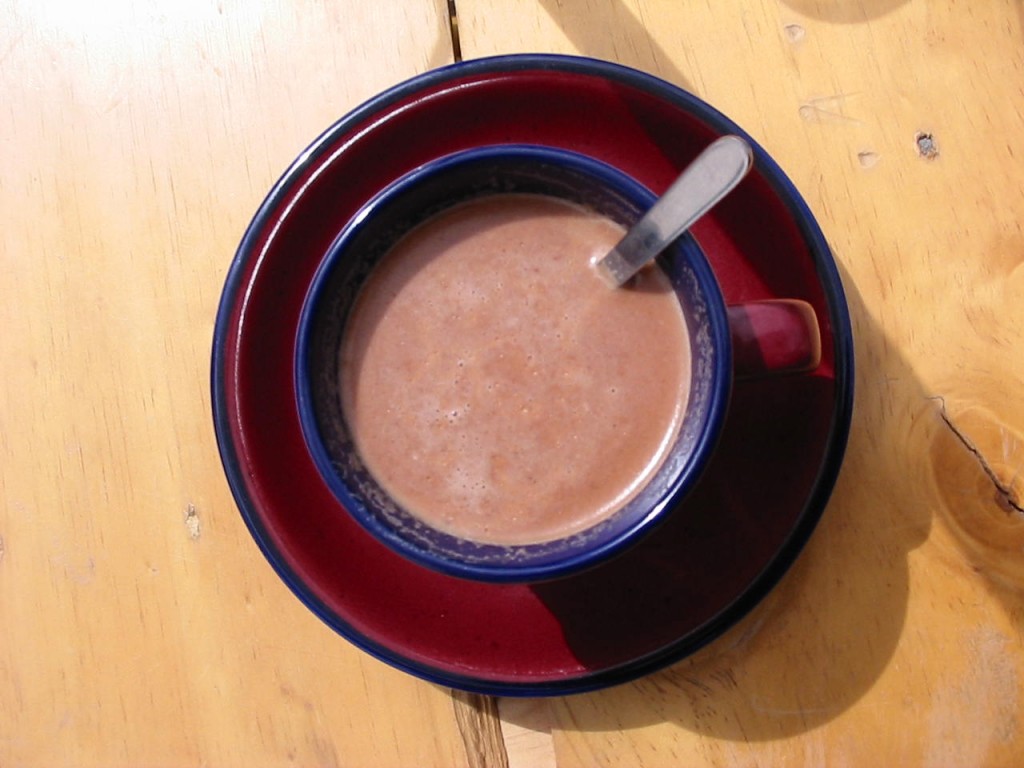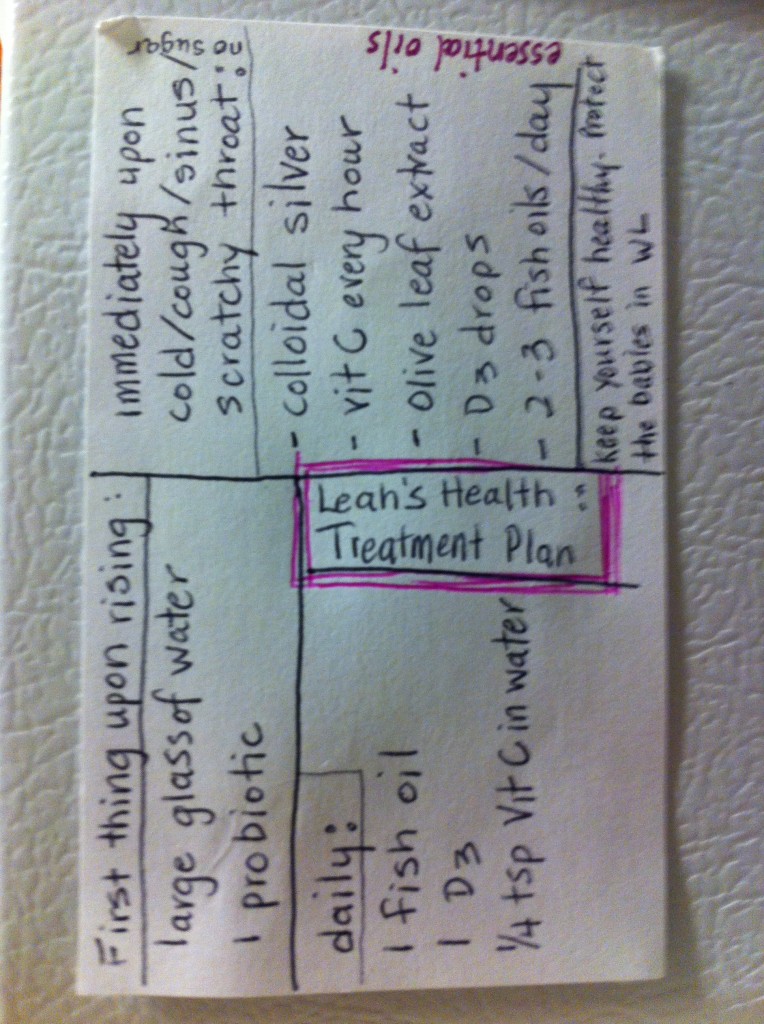 Vitamin D, has been referred to as a fat soluble vitamin, but is actually more of a hormone than a vitamin. Vitamin D is produced in our bodies when our skin is exposed to UV B rays from the sun. UV B rays are health giving, but are only produced when the sun is above 50 degrees, which means in most places not during the winter months.
Vitamin D, has been referred to as a fat soluble vitamin, but is actually more of a hormone than a vitamin. Vitamin D is produced in our bodies when our skin is exposed to UV B rays from the sun. UV B rays are health giving, but are only produced when the sun is above 50 degrees, which means in most places not during the winter months.
So, in the winter, most of us will benefit from taking Vitamin D3 supplements or cod liver oil. Your skin only produces Vitamin D when exposed to UVB sun rays, which only occurs when the sun in at or above 50 degrees in the sky.
This Navy Chart calculates the altitude of the sun all over the world for every day of the year. I’ve included a sample portion of the chart that shows that where I live the sun will reach 50 degrees at 12:50 for the first time on March 1, 2014. Each day after that the sun will spend more time at and above 50 degrees. That is why it is important that you expose your skin close to the middle of the day.
- Astronomical Applications Dept.
- U.S. Naval Observatory
- Washington, DC 20392-5420
- WARNER ROBINS, GEORGIA
- W 83 38, N32 37
- Altitude and Azimuth of the Sun
- Mar 1, 2014
- Eastern Standard Time
- Altitude Azimuth
- (E of N)
- 12:30 49.8 173.5
- 12:40 49.9 177.4
- 12:50 50.0 181.2
- 13:00 49.9 185.1
- 13:10 49.6 188.9
Another way to determine the height of the sun is to look at the length of the shadows around you. A short shadow is evidence that the sun is in a good position for UVB rays. If the shadow is equal to or longer than the object (use a short stick to compare) than the sun is above 50 degrees and not good for vitamin D production.
The length of sun exposure required depends on the shade of your skin. Darker skin will require longer exposure. A light skinned person can probably get the Vitamin D production required with short exposures, say starting with 5 – 10 minutes (to avoid initial danger of burning). The more skin exposed, the more Vitamin D will be produced. Some say it is important to not to immediately wash the skin off, as the Vitamin D is produced in the skin as a response to the UVB rays, but doesn’t happen instantly, but others say it’s not a problem. I suggest if you do shower immediately after sun exposure, don’t vigorously rub and soap all over!
Widespread use of sunscreen has probably done a lot more harm than good, so I have abandoned the use of sunscreen products altogether. Caution should be used for babies, young children and long times of exposure in the sun.
If you would like to learn more about Vitamin D, how much sun exposure you need, etc. here is an informative post from the Vitamin D Council. Dr Mercola and Dr Tenpenny have also written a lot about Vitamin D.
I’ve been enjoying learning about the sun and the health giving benefits it provides. I enjoy helping others learn and achieve health!
Have you been surprised to learn something new about Vitamin D? How do you enjoy getting your Vitamin D from the sunshine?



